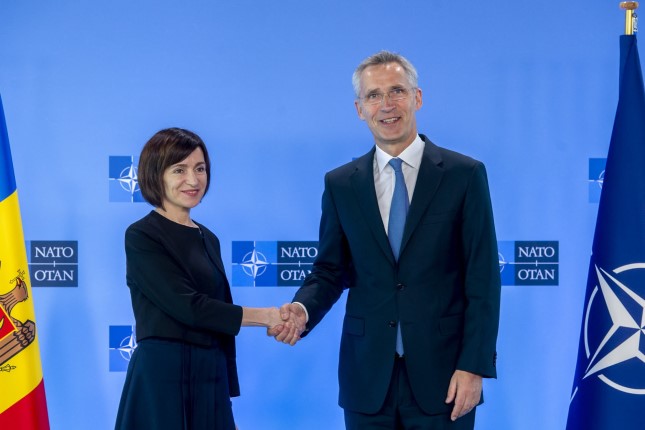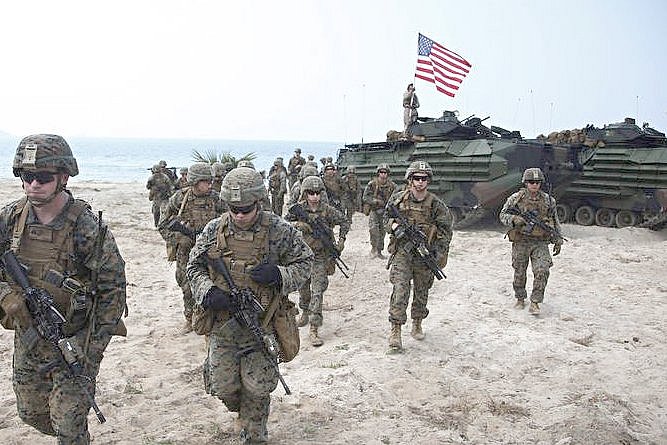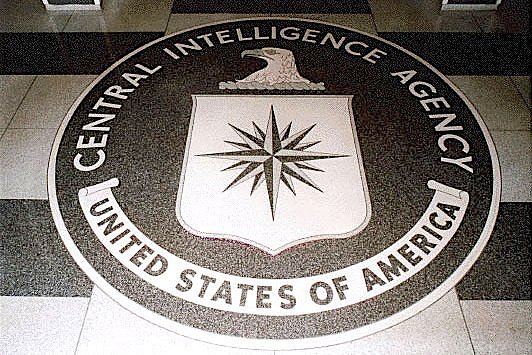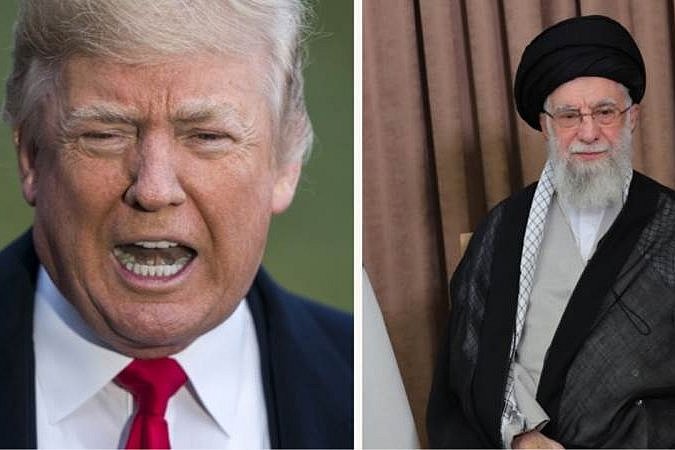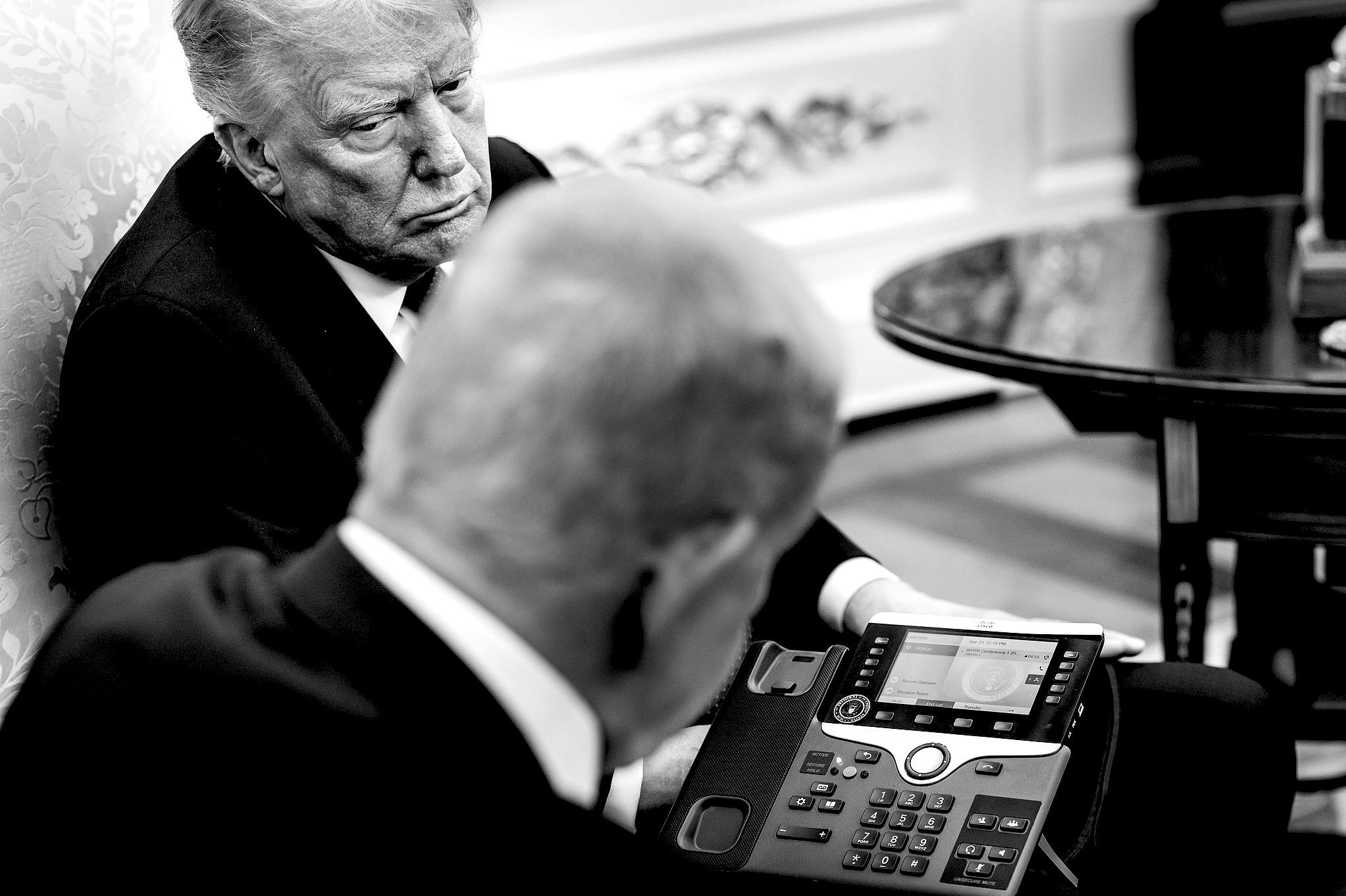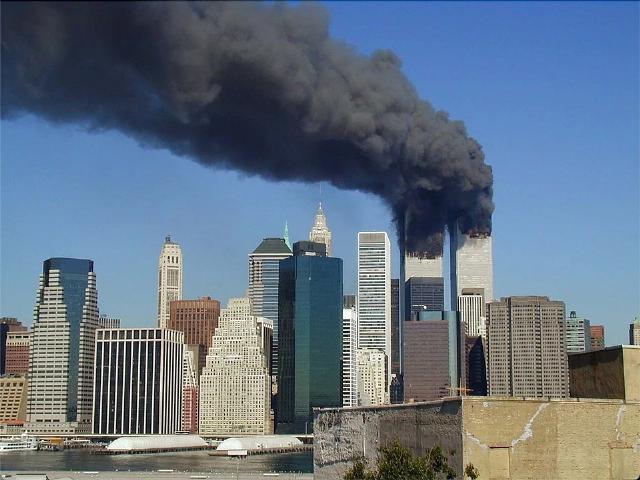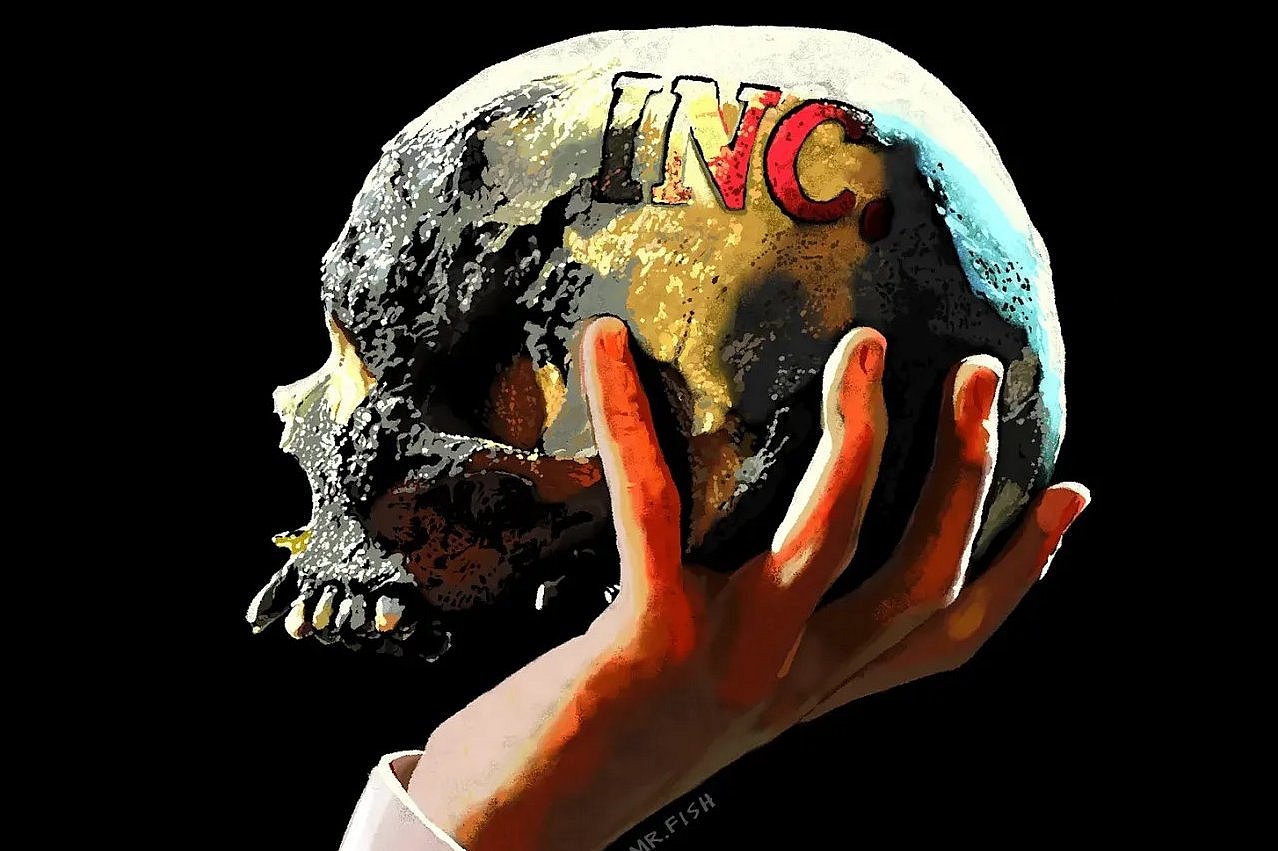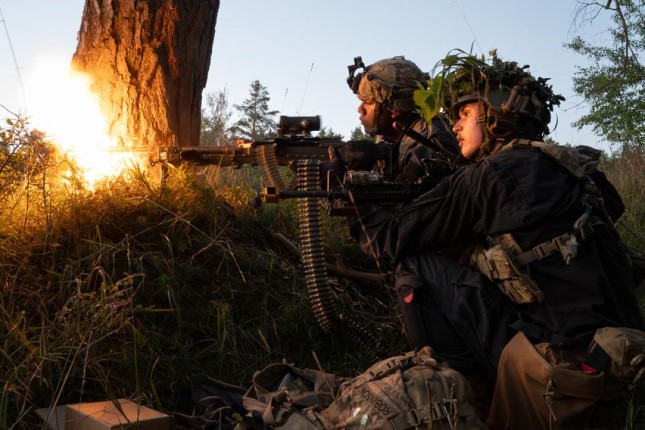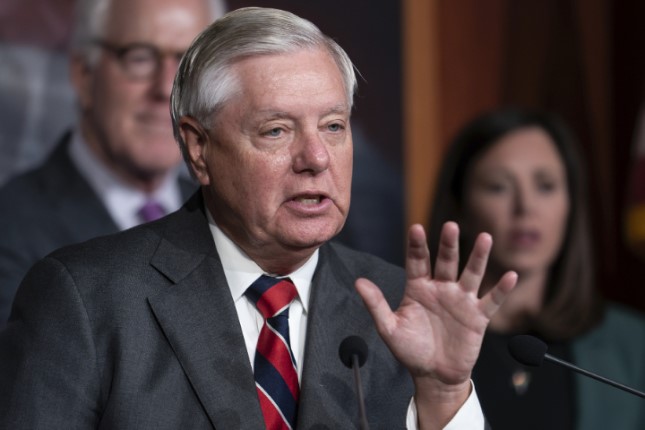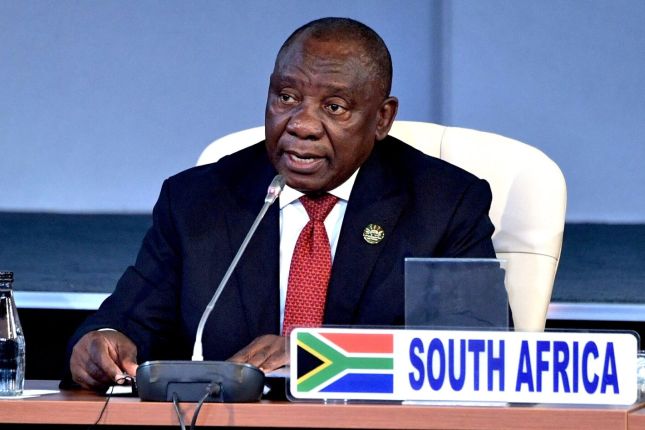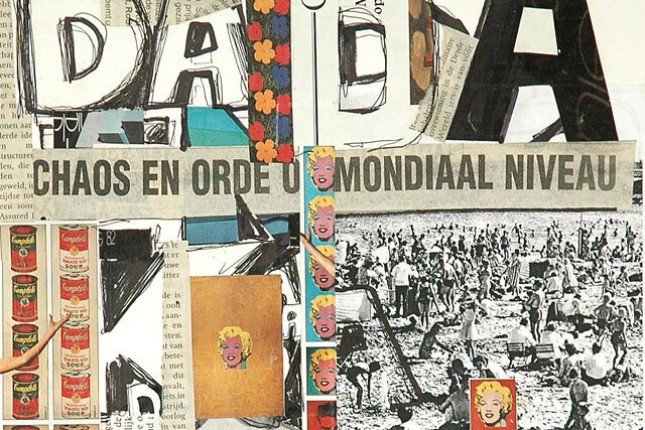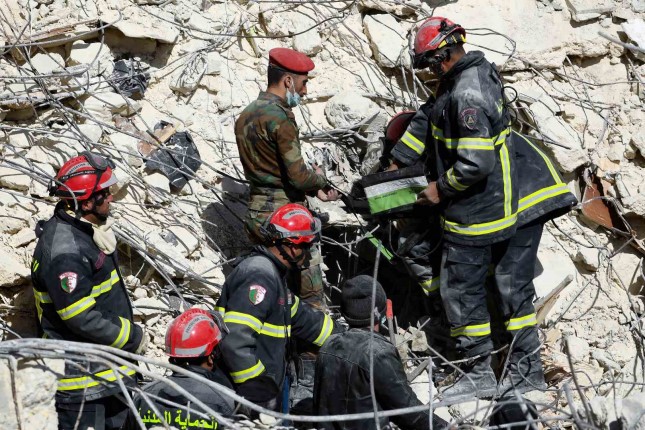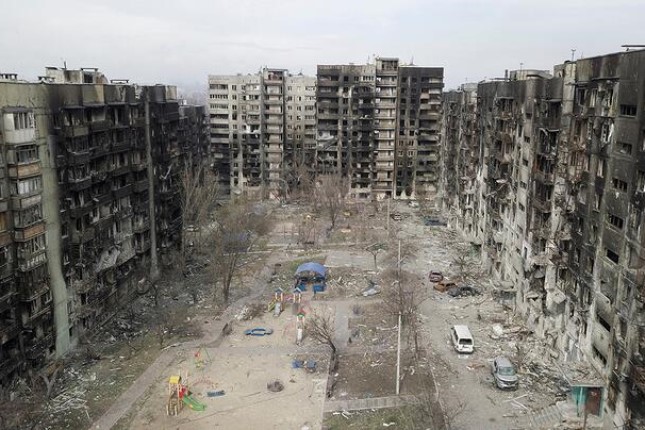The country is sandwiched between Romania and Ukraine and has long been one of Europe’s poorest countries.
Since 1994, Moldova has maintained a constitutionally enshrined status of neutrality vis-à-vis NATO and other military alliances. The status was key to preserving a settlement of the conflict around Transnistria or the Pridnestrovian Moldavian Republic (PMR) in Moldova, a Russian-speaking breakaway republic on the border to Ukraine which has claimed independence since the breakup of the Soviet Union. In a war that lasted from November 1990 through the spring of 1992, the authorities of the PMR received military support from Russia, which still has 1,500 troops stationed in the region. Moldova, by contrast, has been backed in the conflict by NATO member Romania.
However, under President Maia Sandu, Moldova has openly sided with NATO in the war against Russia and is now even discussing joining the military alliance. Last week, Sandu met with US President Joe Biden, and the Polish and Romanian presidents on the sidelines of the Bucharest Nine summit of NATO’s Eastern European member states, after the US president praised her profusely in his speech on Ukraine.
In early February, after the forced resignation of the previous prime minister Natalia Gavrilița, a new government was sworn in under Dorin Recean, a hardliner and Sandu loyalist. The change in government marks an important moment in the country’s slide towards authoritarianism and war.
Since the change in government, Moldova has been thrown into a state of permanent war hysteria, with the president or prime minister having repeatedly warned that the takeover of the country by the Kremlin was imminent. The government is deliberately whipping up a climate of war fever in order to increasingly align the territory with the NATO war against Russia as well as to poison the internal atmosphere and stifle protests.
The fall of the previous government under Gavrilița and the turn to ever more authoritarian forms of rule were precipitated by massive protests against the rising cost of living and war, which took place in the country for over six months. The protests started in August in the autonomous Gagauz province and spread to the capital Chisinau and other regions by autumn. Protesters demanded Sandu’s resignation and an end to the war drive against Russia.
Fearing that protests could destabilize the regime and its “pro-EU course,” authorities sought to criminalize protests and any form of opposition. Protesters, numbering at times in the tens of thousands, have been vilified as paid “Russian agents” and part of Russian “hybrid warfare.”
In the run-up to the latest protest in Chisinau on February 19, the pro-Russian Shor Party offices were raided, with authorities claiming to find “Russian money” that was used to pay off protesters. Seven television stations were also shut down because they allegedly had a “lack of correct information in the coverage of national events, but also of the war in Ukraine.” Four of the channels regularly broadcast Russian television shows, and some were linked to Ilan Shor, a fugitive oligarch and leader of the Shor Party.
The conflict around Transnistria has also flared up again in full force. Sandu had been in open conflict with her government since December, when she accused Energy Minister Andrej Spinu of handing gas supplied by Gazprom to Transnistria.
Amidst the NATO war against Russia in Ukraine, Moldova came under pressure to cut off its remaining economic ties with Russia. This has led to catastrophic price hikes for working people, as well as gas and energy shortages. Even before the war, Moldova was one of the poorest countries in Europe, second only to Ukraine.
The almost 500,000 people who live in Transnistria remained in a virtual state of siege, caught between a hostile Chisinau and Ukrainian tanks. The two territories that comprised the Moldovan Soviet Republic have remained heavily intertwined despite the state of hostility, with the Transnistrian side providing electricity and industrial goods, but relying completely on Chisinau for raw materials. The Moldovan side increasingly sought to pressure the authorities in the capital of Transnistria, Tiraspol, especially by withholding its share of the natural gas received from Gazprom.
In November, the Transnistrian authorities spoke of an impending humanitarian crisis, as industrial activities had come to a halt and households were facing a dramatic shortage in heating. Many politicians and commentators in Chisinau rejoiced at the prospect of forcing an economic collapse of Transnistria and the fall of its government.
As the year drew to a close, the economic situation was spiraling out of control, and the government’s position became increasingly untenable.
While the government kept gas stocks in Romania and Ukraine, it had no way of assuring the generation of electric power. The lines from Romania passed through territory controlled by Tiraspol and the Ukrainian provider was taken out by Russian missile strikes.
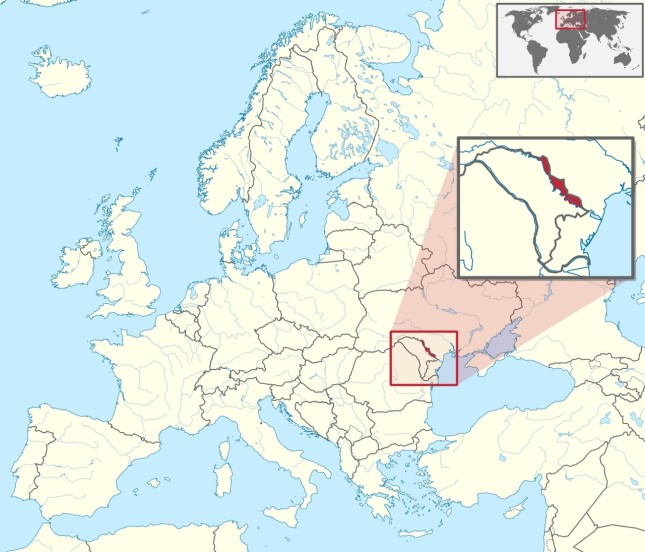
This map shows the location of Transnistria in Europe. Photo: TUBS.
Under these circumstances, Spinu and Gavrilita decided to give the gas from Gazprom to Tiraspol, in exchange for preferential prices on electricity produced by Transnistria’s plants. The move bought relief for both territories but was criticized in hysterical terms by hardliners in Chisinau and Bucharest who accused Spinu of “financing” and “saving” the Transnistrian government.
A few days before Gavrilita and Spinu were forced out of the government, Moldova’s parliament passed a landmark new “anti-secession law,” which criminalizes the authorities on the left side of the Dniester River and effectively ends the 30 years of peace negotiations and the prospect of a negotiated settlement.
Moldova has also developed close links to the Ukrainian government under Volodymyr Zelensky. Various provocations and “imminent attacks” are announced first by Zelensky or the Ukrainian Security Service (SBU), with Moldovan officials confirming and announcing further repressive measures. Sandu recently called for a speedup to ram through Parliament several laws which will give greater powers to the Moldovan secret services (SIS) and the prosecutor’s office.
In an interview with Moldovan TV8 and Romanian Digi24, Zelensky’s adviser Mykhailo Podolyak called the Moldovan protesters “bandits” and “bands of criminals” and asked Moldova to make the “correct choice.”
The Russian Ministry of Defense has accused Ukraine of massing troops and equipment on the border of Transnistria, and warned that any assault on the territory would be considered an attack on Russia.
Denials were issued by Ukraine, Moldova and also by Romania. In the days leading up to the standoff, Recean talked about the “demilitarization” of the Transnistrian region.
In a bizarre and revealing declaration at the Munich Security conference, quoted by the Ukrainian European Pravda, Sandu said that “so far there is no public support for changing this [the official neutrality policy]…” and that even though there was a serious threat of the occupation of Moldova by Russian troops, “Ukraine is ensuring our security.”
Klaus Iohannis, the president of Romania, a NATO member, also warned on February 22 that Romania is not just “ready, but willing to support Moldova in any scenario. How this will look depends on the geopolitical evolution. For now we support with gases, electricity and institutional reforms, but I personally, I am prepared to go much further if the situation calls for it.”
Source: World Socialist Web Site.
